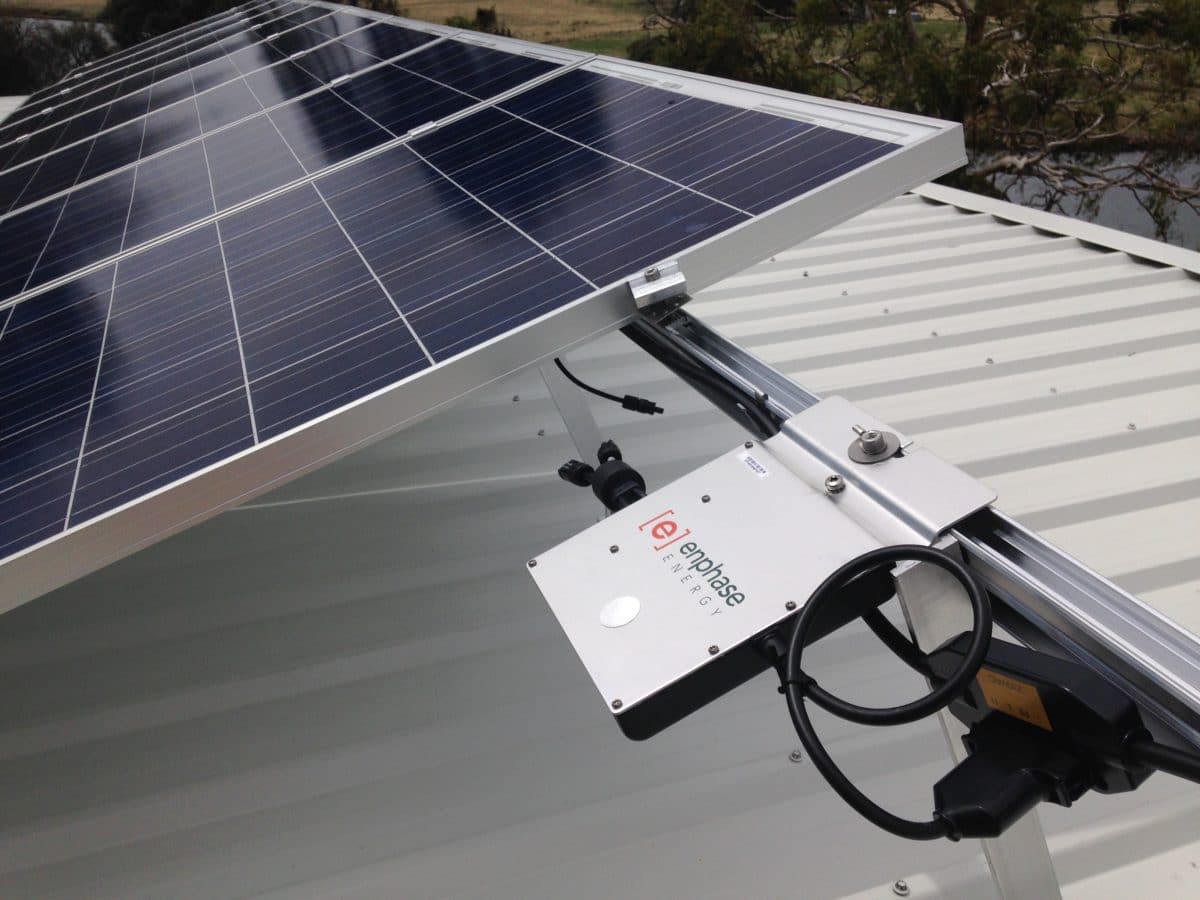The AEMC announced on Thursday compulsory new standards for new and upgraded solar PV systems connecting to the National Electricity Market (NEM) will take effect from December to help the network better handle increasing amounts of rooftop solar without risking system security.
“These new minimum technical standards are part of a raft of changes we are looking at to future-proof the power system so it can confidently handle more solar,” AEMC chief executive Benn Barr said.
“The rapid uptake of solar means we must act now to make sure this technology and the system it uses work hand in hand.
“We need to keep pace with the change underway – nearly three million households and small businesses have taken up solar, and the demand for household batteries and electric vehicles will increase over time.
“These new standards allow us to do two important things at once – welcome more new technologies into the power system and at the same time help protect grid stability. The more we keep the system stable, the more solar we can connect up and the faster we can decarbonise.”
The standards dictate that new and upgraded solar PV systems connected to the grid must be compliant with the distributed energy resources (DER) Technical Standards, including using a compliant inverter with low voltage ride-through (LVRT) capabilities to ensure that residential systems won’t ‘trip’ or disconnect when there are voltage disturbances on the network.
The new standards, which are to come into effect on December 18, 2021, will apply to all jurisdictions in the NEM – Queensland, New South Wales, the ACT, Victoria and Tasmania – and comes after similar changes were introduced in South Australia in late 2020.
New standards welcomed
Energy Networks Australia (ENA) chief executive Andrew Dillon welcomed the new standards and said it was particularly positive that the AEMC had worked within the existing framework rather than create new rules.
“It is important that regulatory bodies support the most efficient pathways to enable new technologies and integrate distributed energy resources like solar and batteries into the grid,” he said.
“These new standards will help networks ensure the growing amounts of rooftop solar can operate efficiently and safely and more customers can connect their devices to grid.”
More changes ahead
The new standards are among a raft of changes being considered by the AEMC as it looks to embed solar and other DER into the network.
With rooftop solar penetration expected to reach 14.64 GW total – an amount that could meet upwards of 40% of underlying demand by 2025 – other changes being considered include how to change the pricing structure to give incentives to owners of DER to export power when it is of most value to the system.
The Energy Security Board is also considering the issue of integrating DER, with recommendations for public consultation due next month.
“It’s imperative that we make sure the right structures are put in place to support a whole new energy mix and a very different looking power grid than the one we’ve relied on in the past,” Barr said.
“But we need to do this in a way that helps more people to connect, protects those that don’t, and helps the system run smoothly overall. This means restructuring the system, including the market incentives and rules.”
The ENA said other changes being considered by the AEMC, such as incentivising customers to export power during times of high demand, would be crucial to support the rapidly transforming energy system but cautioned the changes need to cater for multiple scenarios.
“With ever-growing new connections of solar and batteries, it’s important we deliver solutions that can work in all the vastly different system conditions right across the country,” Dillon said.
“Uniform standards make sense, but a centralise-everything policy approach to integrating new technologies will be costly for customers and cause problems in many regions.”
The standards announced on Thursday follow a rule change request from the Australian Energy Market Operator (AEMO) seeking to set up a framework for AEMO to set minimal technical standards.
The AEMC said the December launch date will give manufacturers time to prepare for the change.
This content is protected by copyright and may not be reused. If you want to cooperate with us and would like to reuse some of our content, please contact: editors@pv-magazine.com.









By submitting this form you agree to pv magazine using your data for the purposes of publishing your comment.
Your personal data will only be disclosed or otherwise transmitted to third parties for the purposes of spam filtering or if this is necessary for technical maintenance of the website. Any other transfer to third parties will not take place unless this is justified on the basis of applicable data protection regulations or if pv magazine is legally obliged to do so.
You may revoke this consent at any time with effect for the future, in which case your personal data will be deleted immediately. Otherwise, your data will be deleted if pv magazine has processed your request or the purpose of data storage is fulfilled.
Further information on data privacy can be found in our Data Protection Policy.